Home>Articles>These Gorgeous Natural Swimming Pools Let You Ditch The Chlorine
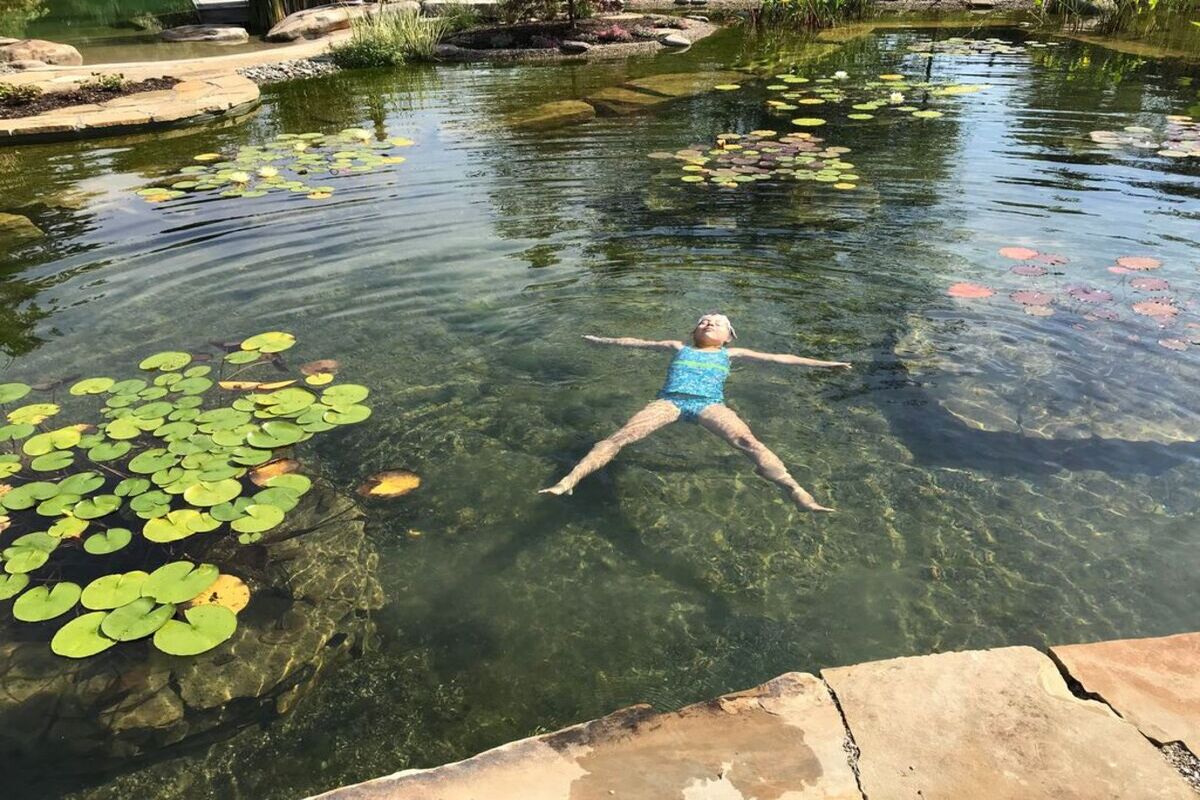

Articles
These Gorgeous Natural Swimming Pools Let You Ditch The Chlorine
Modified: December 7, 2023
Discover these stunning natural swimming pools that offer a chlorine-free alternative. Dive into our captivating articles and learn more about these gorgeous aquatic wonders.
(Many of the links in this article redirect to a specific reviewed product. Your purchase of these products through affiliate links helps to generate commission for Storables.com, at no extra cost. Learn more)
Introduction
Welcome to the world of natural swimming pools, where you can ditch the harsh chemicals and enjoy a refreshing swim in crystal clear water. Natural swimming pools, also known as swimming ponds or bio-pools, are a growing trend in the world of aquatic recreation. These pools not only provide a beautiful and serene environment to swim in but also offer a range of benefits for both your health and the environment.
Gone are the days of chlorine-induced red eyes, itchy skin, and the strong smell that emanates from traditional swimming pools. Natural swimming pools provide a safer and more sustainable alternative, using biological filters and natural processes to keep the water clean and clear. By mimicking the balance of a freshwater ecosystem, these pools create a harmonious and chemical-free swimming experience.
In this article, we will explore the world of natural swimming pools, diving into what they are, how they work, and the many benefits they offer. We will also delve into the design considerations, maintenance requirements, and cost considerations of natural swimming pools. So, if you’re ready to take a refreshing plunge into the world of natural swimming, let’s dive in!
Key Takeaways:
- Natural swimming pools offer a chlorine-free, eco-friendly, and visually stunning alternative to traditional pools. They promote healthier skin, support biodiversity, and reduce the carbon footprint, providing a harmonious balance between recreation and the environment.
- Designing and maintaining a natural swimming pool involves careful planning and regular care. From size and shape considerations to water quality monitoring, these pools offer a serene and inviting oasis while contributing to long-term savings and environmental benefits.
Read more: What Is Free Chlorine In A Swimming Pool
What are natural swimming pools?
Natural swimming pools are a type of sustainable swimming oasis that aim to recreate the beauty and benefits of swimming in natural bodies of water. Unlike traditional chemical-based pools, which rely on chlorine and other harsh chemicals to keep the water sanitized, natural swimming pools use a carefully balanced ecosystem to maintain clean and clear water.
The concept of natural swimming pools originated in Europe and has gained popularity worldwide. These pools are designed to integrate seamlessly with the surrounding landscape, often incorporating rocks, gravel, and aquatic plants to create a natural and visually appealing environment. They can be customized in various shapes, sizes, and styles to suit individual preferences and fit into any backyard or outdoor space.
One of the key features of a natural swimming pool is its separation into two zones: the swimming area and the regeneration zone. The swimming area is where you can enjoy swimming and recreational activities, while the regeneration zone serves as a natural filtration system.
The regeneration zone is typically filled with gravel, aquatic plants, and beneficial bacteria that work together to filter and purify the water. The roots of the plants serve as natural filters, absorbing nutrients and preventing the spread of algae. The bacteria break down organic matter and convert harmful substances into harmless elements.
By recreating the natural processes found in ponds, lakes, or streams, natural swimming pools provide a chemical-free, eco-friendly alternative to conventional pools. They offer a harmonious and sustainable way to enjoy swimming while promoting biodiversity and preserving the environment.
Next, we will explore the benefits of natural swimming pools and why they have become increasingly popular among eco-conscious individuals. Stay tuned!
The benefits of natural swimming pools
Natural swimming pools offer a range of benefits that make them an attractive option for those seeking a sustainable and eco-friendly swimming experience. Let’s dive into some of the key advantages:
Chemical-free swimming:
One of the most significant benefits of natural swimming pools is that they eliminate the need for chemicals such as chlorine. Traditional pools require constant monitoring and the addition of chemicals to maintain clean water conditions. However, natural swimming pools rely on the natural filtration provided by plants and bacteria, resulting in a chlorine-free swimming experience. This means you can swim without the harsh effects of chlorine, such as dry skin, red eyes, and chemical odors.
Healthier and gentler on the skin:
The absence of chemicals in natural swimming pools makes them gentler on the skin and less likely to cause allergic reactions or irritations. The organic filtration system helps maintain water quality while allowing your skin to retain its natural moisture and pH balance. It’s a refreshing and rejuvenating experience that promotes healthier skin and overall well-being.
Read more: Why Is Chlorine Added To Swimming Pool Water
Enhanced visual aesthetics:
Natural swimming pools are designed to blend harmoniously with the surrounding landscape, adding beauty and enhancing the visual aesthetics of your outdoor space. With the incorporation of rocks, gravel, waterfalls, and lush aquatic vegetation, natural swimming pools create a serene and natural ambiance that can transform your backyard into a peaceful oasis.
Biodiversity and ecological balance:
By cultivating a thriving ecosystem within the regeneration zone, natural swimming pools support biodiversity and contribute to the preservation of local flora and fauna. The presence of plants and beneficial bacteria helps maintain water clarity and reduces the growth of algae, resulting in a healthier aquatic habitat. Additionally, the plant life attracts various insects and birds, adding to the overall ecological balance of your pool area.
Lower carbon footprint:
Compared to traditional pools that rely on energy-intensive pumps and chemicals, natural swimming pools have a lower carbon footprint. The natural filtration process requires less energy and resources, making them a more environmentally friendly choice. Additionally, the absence of chemical treatments contributes to better water quality and reduces the release of harmful substances into the environment.
With these incredible benefits, it’s no wonder that natural swimming pools are gaining popularity worldwide. Now that we understand the advantages, let’s explore how these pools work and what goes into designing one. Stay tuned!
How do natural swimming pools work?
Natural swimming pools operate by replicating the functions of a balanced freshwater ecosystem. They consist of two main zones: the swimming area and the regeneration zone. Let’s take a closer look at how these two zones work together to maintain clean and clear water:
Read more: How To Build A Natural Swimming Pool
Swimming area:
The swimming area is the section of the pool where you can enjoy swimming and other recreational activities. It is designed similarly to a conventional pool, with a smooth and comfortable surface for swimming. The water in this area is visually appealing and safe for swimming, thanks to the natural filtration system in the regeneration zone.
Regeneration zone:
The regeneration zone is the heart of a natural swimming pool. It functions as a natural filtration system, keeping the water clean and healthy. This area is often separated from the swimming area by a wall or partition, ensuring that the water is circulated properly.
The regeneration zone typically consists of gravel, rocks, and aquatic plants. These elements work together to create a balanced ecosystem that purifies the water through a series of natural processes. The key components of the regeneration zone are:
Gravel and rocks:
The gravel and rocks in the regeneration zone serve as a filter, trapping debris and impurities. They provide a substrate for beneficial bacteria to grow and break down organic matter in the water. Additionally, they create a habitat for microorganisms that play a crucial role in maintaining water quality.
Aquatic plants:
Aquatic plants are a vital part of the natural filtration system in a swimming pool. The plants, such as water lilies and reeds, grow in the gravel and rocks, with their roots extending into the water. These plants help absorb excess nutrients, compete with algae for resources, and release oxygen into the water through photosynthesis. Their presence helps keep the water clear and free from excessive algae growth.
Bacteria:
Beneficial bacteria are the unsung heroes of a natural swimming pool. These bacteria break down organic matter, such as leaves and dead plants, into simpler compounds. By breaking down these materials, they prevent them from accumulating and causing water quality problems. The bacteria also convert harmful substances, such as ammonia from organic waste, into harmless elements that can be used by plants.
Together, the gravel, plants, and bacteria establish a natural balance that cleanses and filters the water, keeping it free from pollutants and maintaining its clarity. The water is continuously circulated between the swimming area and the regeneration zone, ensuring that it goes through the natural filtration process.
Now that you understand the inner workings of natural swimming pools, let’s explore the process of designing your very own natural swimming pool. Stay tuned!
Designing your own natural swimming pool
Designing a natural swimming pool involves careful planning to create a beautiful and functional space that fits your preferences and complements your outdoor environment. Here are some key considerations to keep in mind when designing your own natural swimming pool:
Size and shape:
Start by determining the size and shape of your natural swimming pool. Consider the available space in your backyard and how the pool will fit in with the rest of your outdoor landscape. Natural swimming pools can be customized to various shapes and sizes, allowing you to create a design that suits your needs and aesthetic preferences.
Regeneration zone:
Allocate a portion of your pool area for the regeneration zone. This area is crucial for maintaining water quality and supporting the natural filtration system of the pool. The size of the regeneration zone will depend on the overall size of your pool and the desired water volume. It is important to ensure that the regeneration zone is adequately designed to accommodate the required plant and gravel components.
Aquatic plants:
Choose a variety of aquatic plants to incorporate into your natural swimming pool. These plants will not only provide natural filtration but also enhance the visual appeal of your pool. Water lilies, cattails, irises, and water hyacinths are popular choices that add beauty and contribute to a healthy ecosystem. Consult with a professional to select the right plants for your specific climate and pool conditions.
Water circulation and filtration:
Consider the circulation and filtration system for your natural swimming pool. A pump or circulation system is required to ensure water movement between the swimming area and the regeneration zone. This helps maintain effective filtration and oxygenation. Additionally, a skimmer or surface overflow system can be included to remove debris from the water’s surface.
Visual features:
Enhance the aesthetics of your natural swimming pool with visual features such as waterfalls, rocks, and natural stone borders. These elements can create a more immersive and engaging swimming experience, as well as blend the pool seamlessly with the surrounding landscape. Waterfalls not only add a mesmerizing sight and sound but also help with aeration and oxygenation of the pool water.
Read more: What Ppm Chlorine In Swimming Pool Water
Surrounding landscaping:
Consider the landscaping around your natural swimming pool to create a cohesive and inviting outdoor space. Incorporate plants, trees, and hardscape elements to complement the overall design. Stone or wood decking, outdoor seating areas, and ambient lighting can add to the overall atmosphere and functionality of your pool area.
Remember to consult with professionals who specialize in natural swimming pool design to ensure that your pool meets local regulations, safety requirements, and environmental considerations. They can provide expertise in designing and constructing a natural swimming pool that suits your specific needs and desires.
Now that you’re equipped with the knowledge to design your own natural swimming pool, let’s dive into the maintenance and care required to keep it in pristine condition. Keep reading!
Maintenance and care for natural swimming pools
Maintaining a natural swimming pool requires a different approach compared to traditional chemical-based pools. While natural swimming pools are designed to emulate the balance of a freshwater ecosystem and require less chemical treatment, they still require regular maintenance to keep the water clean and clear. Here are some essential maintenance and care tips for your natural swimming pool:
Skimming and debris removal:
Regularly skim the surface of your pool to remove any leaves, twigs, or other debris that may accumulate. Floating debris can disrupt the natural filtration process and impact water clarity. Use a pool net or skimmer to remove debris, and make it a part of your routine pool maintenance.
Pruning and maintaining aquatic plants:
Monitor and trim the aquatic plants in your pool to ensure that they don’t overgrow or block circulation. Remove any dead or decaying plant material, as it can contribute to excessive nutrient buildup. Regularly check for any invasive plant species and eliminate them to maintain a healthy balance in your pool.
Monitoring water quality:
Regularly test the water quality of your natural swimming pool to ensure that it remains balanced and healthy. Test for pH levels, alkalinity, and mineral content to maintain the ideal conditions for both the plants and bacteria in your pool. Consulting with a professional or using water testing kits can help you accurately assess and adjust the water parameters accordingly.
Bacteria and algae control:
While natural swimming pools rely on beneficial bacteria to keep the water clean, excessive algae growth can still occur. Maintain a proper balance in your pool by managing nutrient levels and ensuring that the plants effectively compete with algae for resources. If necessary, introduce algae-eating fish or use natural algae control products specifically designed for natural swimming pools.
Oxygenation and circulation:
Ensure proper oxygenation and circulation in your pool by maintaining the water pump and filtration system. Regularly clean the pump and filters to prevent clogs and maximize efficiency. The circulation of water between the swimming area and regeneration zone is essential for the natural filtration process to function effectively.
Professional maintenance checks:
Consider scheduling regular professional maintenance checks for your natural swimming pool. Professionals can assess the overall health of your pool, perform any necessary repairs or adjustments, and provide guidance on specific maintenance requirements based on your pool’s unique features and conditions.
Read more: How Do You Winterize A Swimming Pool
Seasonal care:
Adapt your maintenance routine to the changing seasons. During colder months, when the pool is not in use, take steps to protect the plants and components in the regeneration zone from freezing temperatures. In warmer months, monitor water levels and adjust care accordingly to account for increased usage and potential environmental factors.
By following these maintenance and care tips, you can ensure that your natural swimming pool remains clean, clear, and inviting throughout the swimming season. Now, let’s explore the cost considerations of installing a natural swimming pool. Continue reading to learn more.
Cost considerations of natural swimming pools
When considering the installation of a natural swimming pool, it is necessary to evaluate the associated costs. While the initial investment may differ from traditional pools, natural swimming pools offer long-term benefits that can make them a worthwhile investment. Here are some cost considerations to keep in mind:
Installation costs:
The installation costs of a natural swimming pool can vary depending on factors such as the size, complexity of design, and site preparation requirements. Generally, natural swimming pools tend to have higher upfront costs compared to traditional pools, mainly due to the additional construction components required for the regeneration zone and natural filtration processes. It is recommended to consult with professionals to receive accurate estimates based on your specific design preferences and site conditions.
Maintenance and operating costs:
While natural swimming pools generally have lower ongoing maintenance costs compared to traditional pools, they still require regular care and monitoring. Keep in mind that you may need to invest in water testing kits, aquatics plants, bacteria additives, and occasional professional maintenance checks. However, the absence of chemical treatments and reduced energy consumption for circulation and filtration can result in lower operating costs over time.
Read more: How Do You Vacuum A Swimming Pool
Long-term savings:
One of the primary advantages of natural swimming pools is the long-term savings they offer. By eliminating the need for chemical treatments and reducing energy consumption, natural swimming pools can provide significant savings on chemical costs, electricity bills, and water usage. Additionally, the overall durability and longevity of a natural swimming pool can contribute to long-term savings compared to traditional pools that may require frequent repairs or renovations.
Environmental benefits:
While not directly related to cost, it is important to consider the environmental benefits that natural swimming pools provide. By using natural filtration processes and reducing the dependence on chemicals, these pools have a lower impact on the environment. They promote biodiversity, conserve water, and minimize the release of harmful substances into ecosystems. Investing in a natural swimming pool aligns with sustainable practices and contributes to a healthier planet.
Return on investment:
The return on investment for a natural swimming pool can extend beyond financial considerations. These pools offer a unique and enjoyable swimming experience with their natural beauty, gentle water, and harmonious integration into the surrounding landscape. They can enhance the value of your property while providing a sanctuary for relaxation and recreation.
When evaluating the costs of a natural swimming pool, it is crucial to consider the long-term benefits, reduced environmental impact, and unique experience they provide. Factor in the potential savings, both financially and environmentally, and weigh them against the upfront and ongoing costs. Consulting with professionals and conducting a cost-benefit analysis can help you make an informed decision.
Now that we have explored the cost considerations, let’s conclude our journey into the world of natural swimming pools. Dive in and enjoy the wonders of chlorine-free, eco-friendly swimming!
Conclusion
Natural swimming pools offer a refreshing and sustainable alternative to traditional chemical-based pools. By harnessing the power of nature’s filtration processes, these pools provide a chlorine-free and environmentally friendly swimming experience. Throughout this article, we have explored the world of natural swimming pools, from what they are and how they work, to the benefits they offer and the design considerations involved.
We have discovered that natural swimming pools not only eliminate the harsh effects of chlorine but also promote healthier skin, enhance visual aesthetics, support biodiversity, and reduce the carbon footprint. These pools provide a harmonious balance between recreation and the environment, allowing you to enjoy the pleasures of swimming while being mindful of the planet.
Designing your own natural swimming pool involves careful planning, considering factors such as size, shape, regeneration zones, and plant selection. With the expertise of professionals, you can create a unique and captivating pool that seamlessly blends with your outdoor space.
Maintaining a natural swimming pool requires regular care and monitoring. Skimming and removing debris, pruning aquatic plants, monitoring water quality, and ensuring proper circulation and oxygenation are crucial for keeping the water clean and clear. Incorporating these maintenance practices will ensure that your natural swimming pool remains a serene and inviting oasis.
When considering the costs associated with natural swimming pools, it is important to evaluate the initial investment, ongoing maintenance and operating costs, long-term savings, and the environmental benefits they provide. While the upfront costs may be higher than traditional pools, the long-term savings and environmental advantages can make a significant impact.
In conclusion, natural swimming pools offer a harmonious and sustainable way to enjoy swimming. They provide a refreshing escape from the harsh chemicals of traditional pools, allowing you to reconnect with nature while preserving the environment. Whether you choose to build your own natural swimming pool or seek out existing ones, diving into the world of these stunning and eco-friendly aquatic havens is an experience worth exploring.
Frequently Asked Questions about These Gorgeous Natural Swimming Pools Let You Ditch The Chlorine
Was this page helpful?
At Storables.com, we guarantee accurate and reliable information. Our content, validated by Expert Board Contributors, is crafted following stringent Editorial Policies. We're committed to providing you with well-researched, expert-backed insights for all your informational needs.
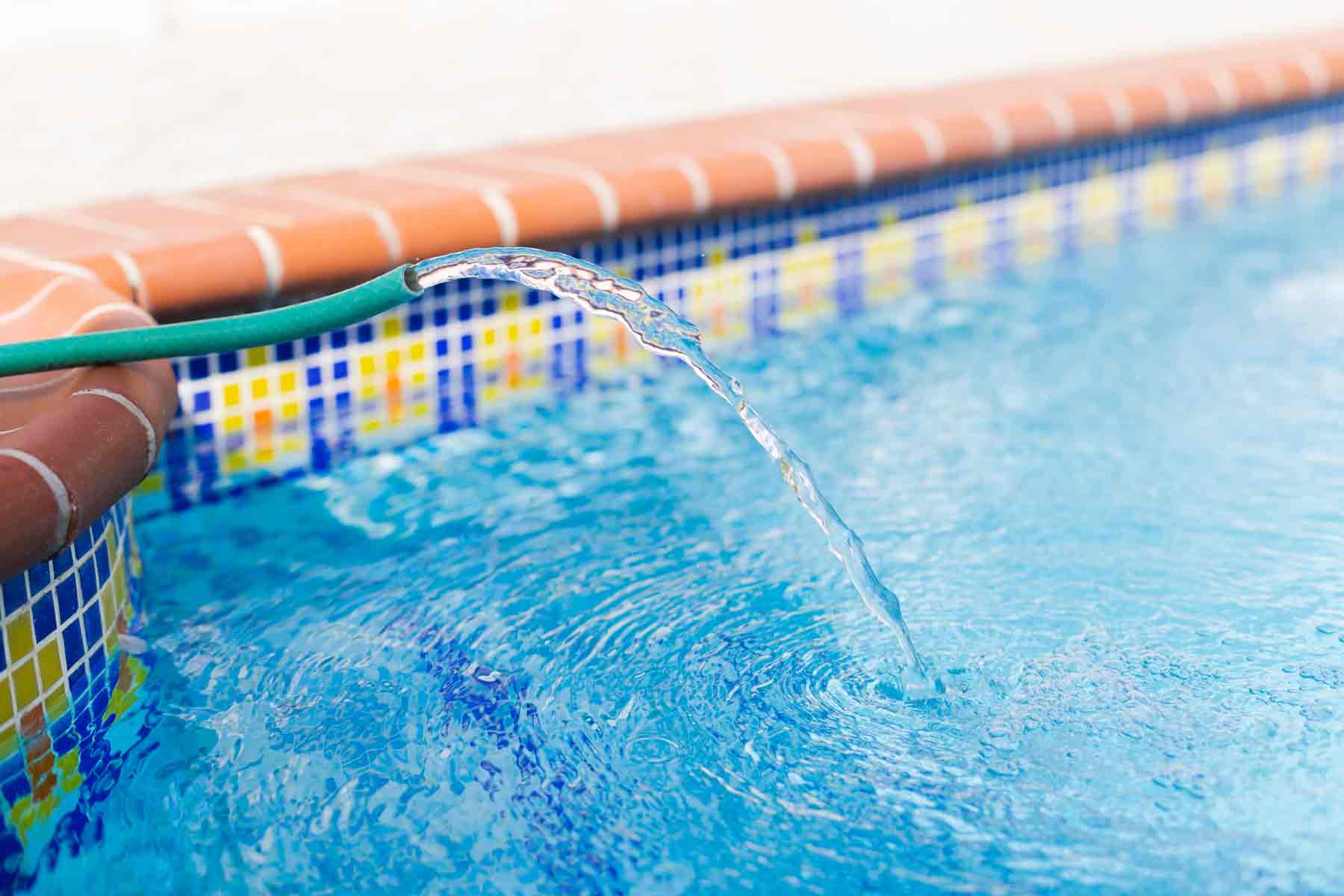
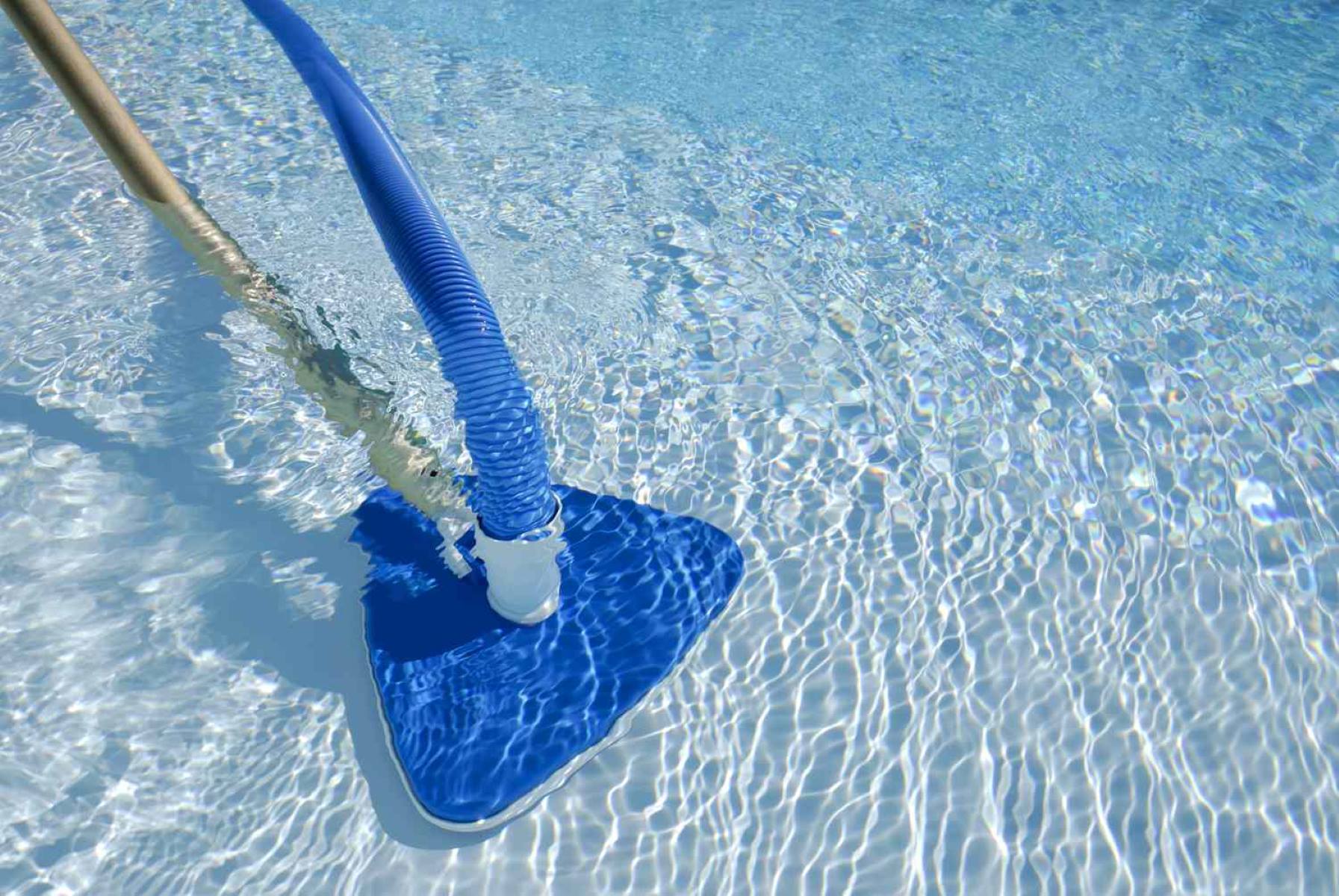
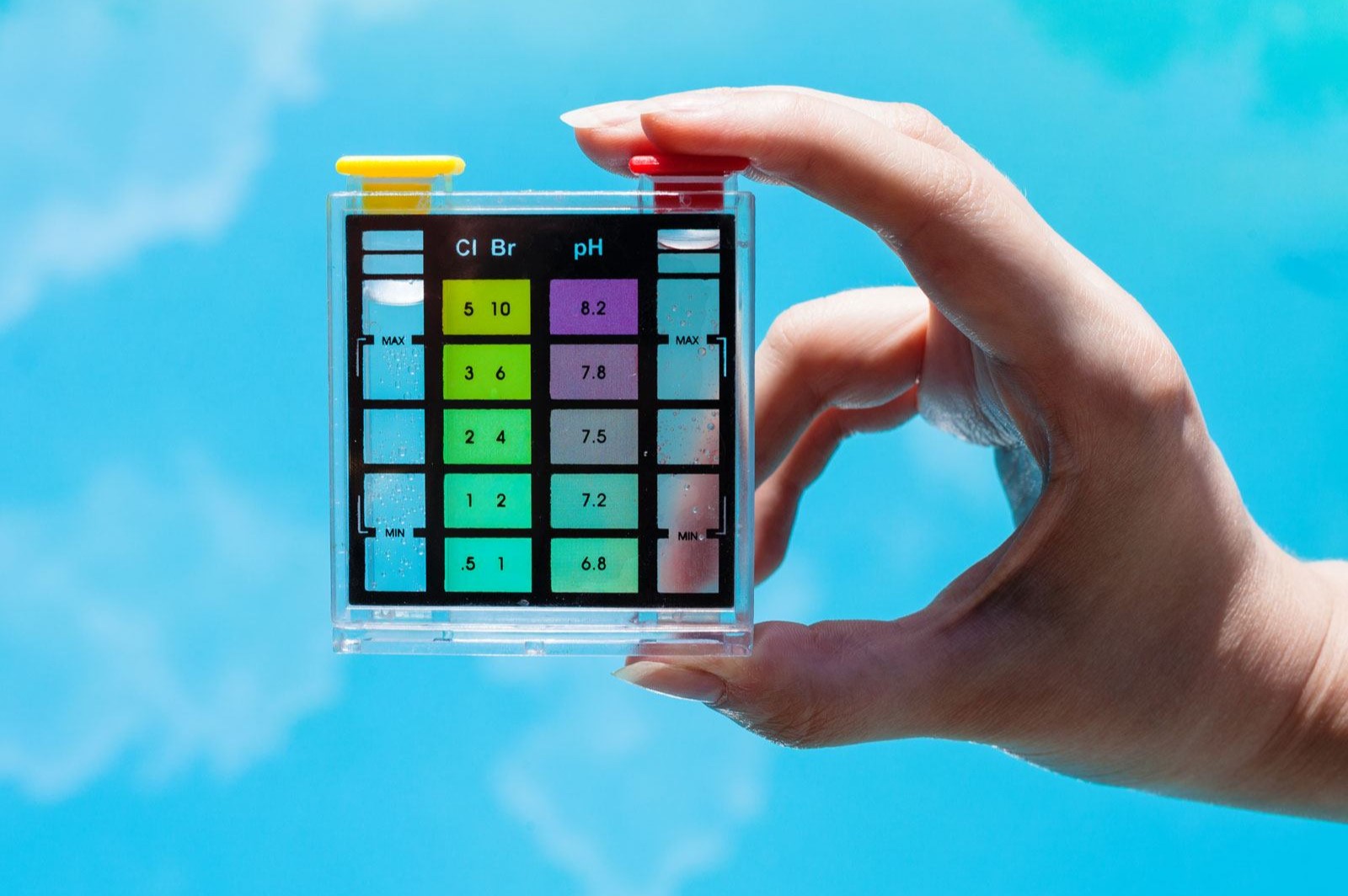
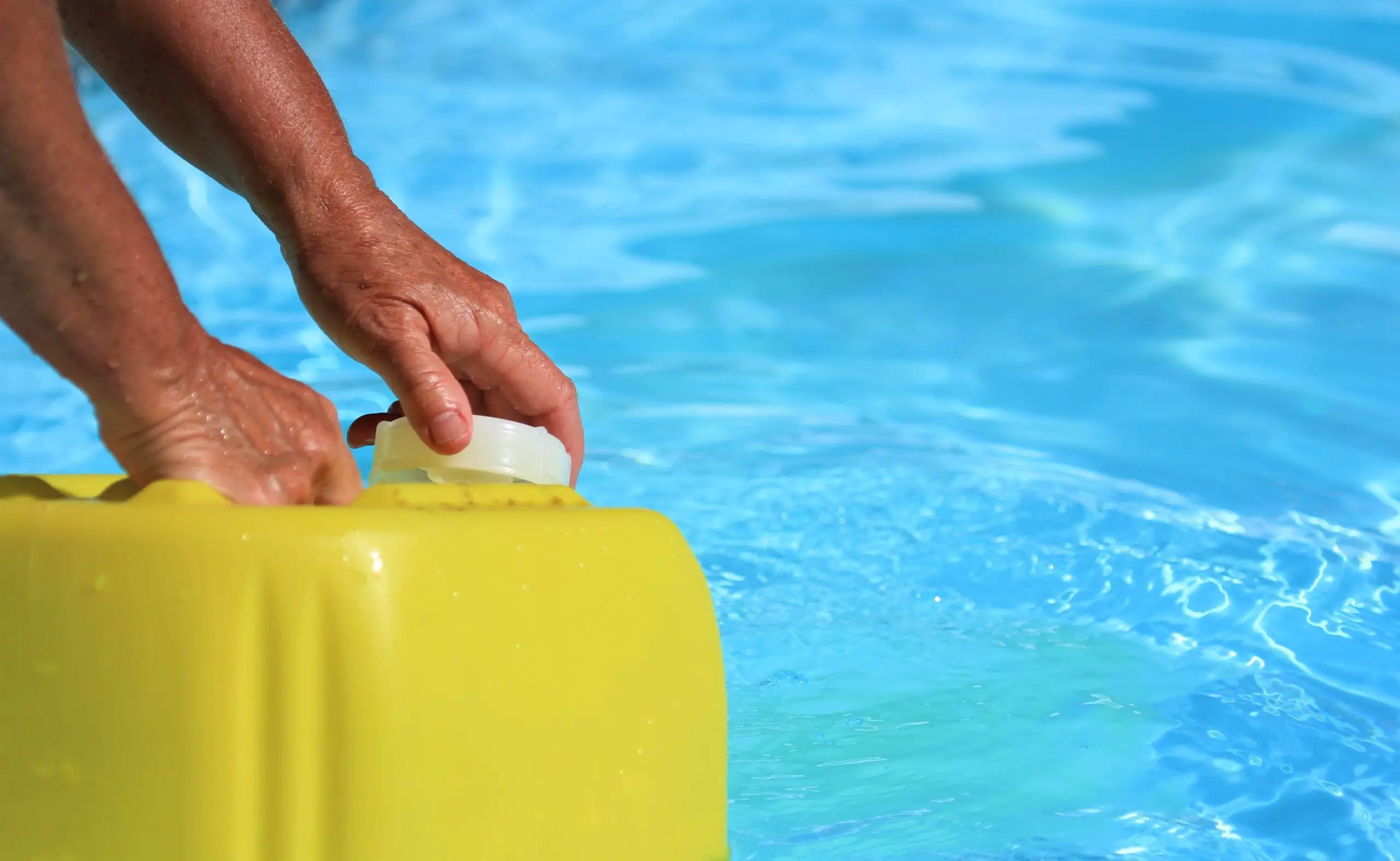
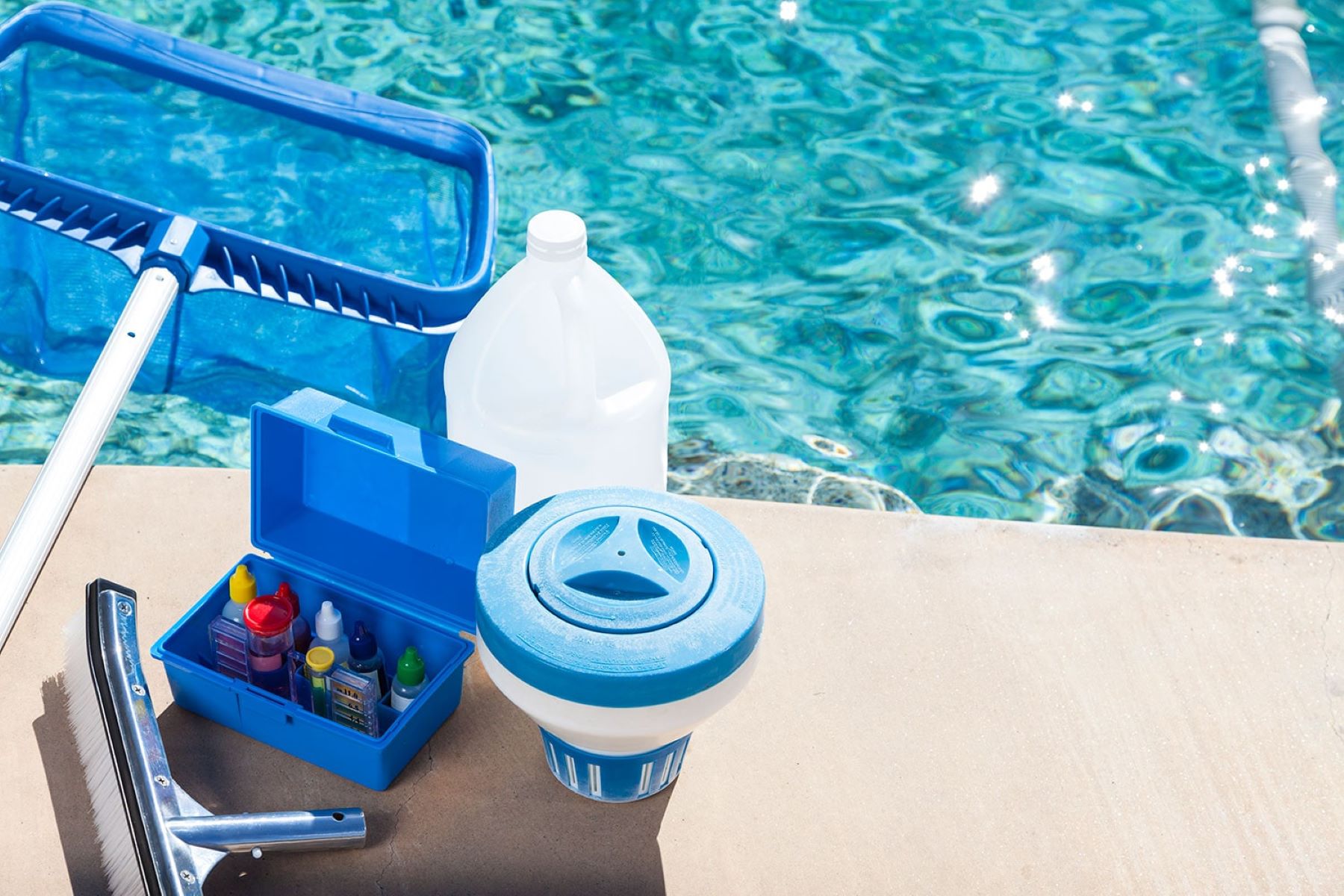
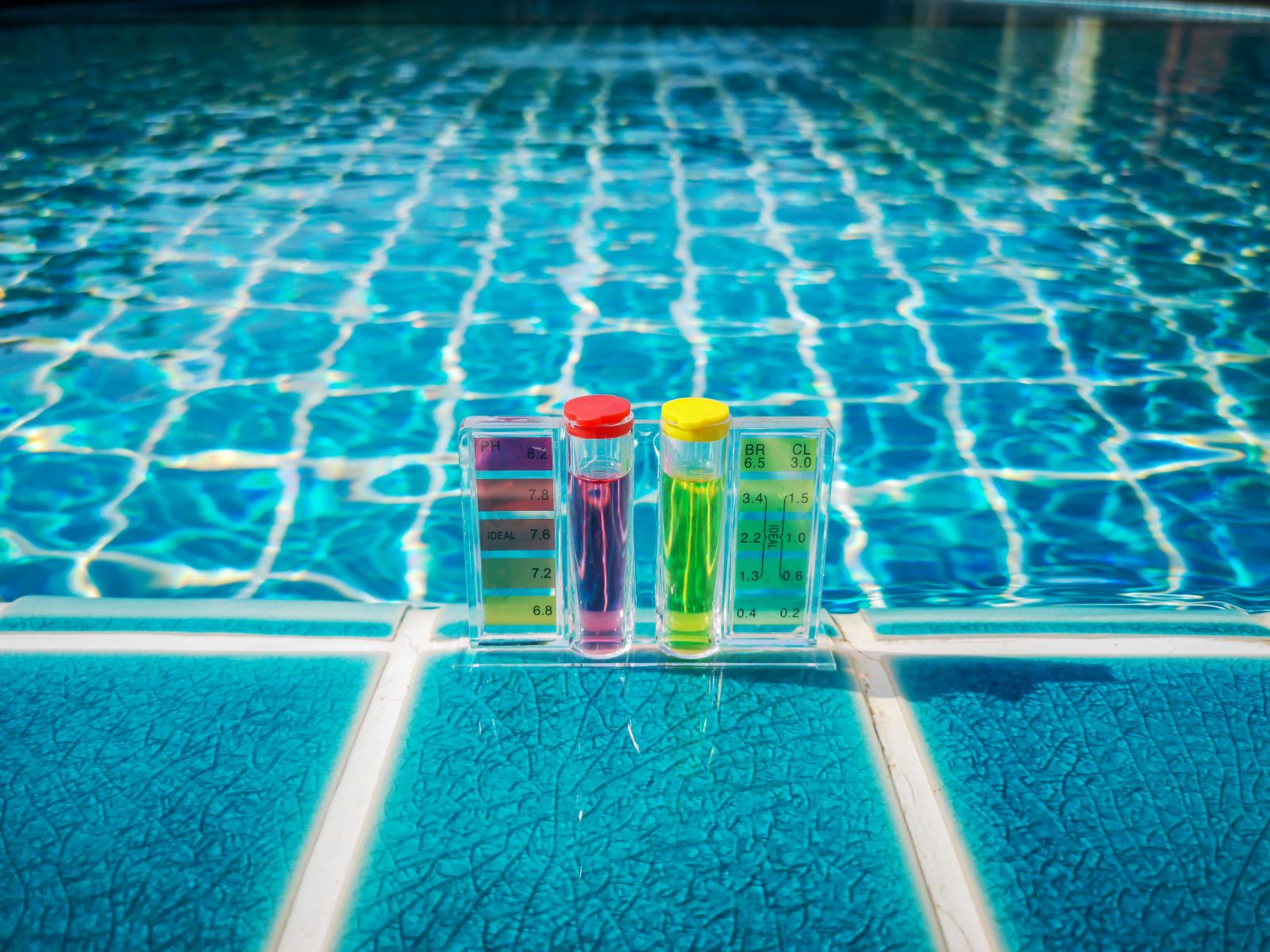
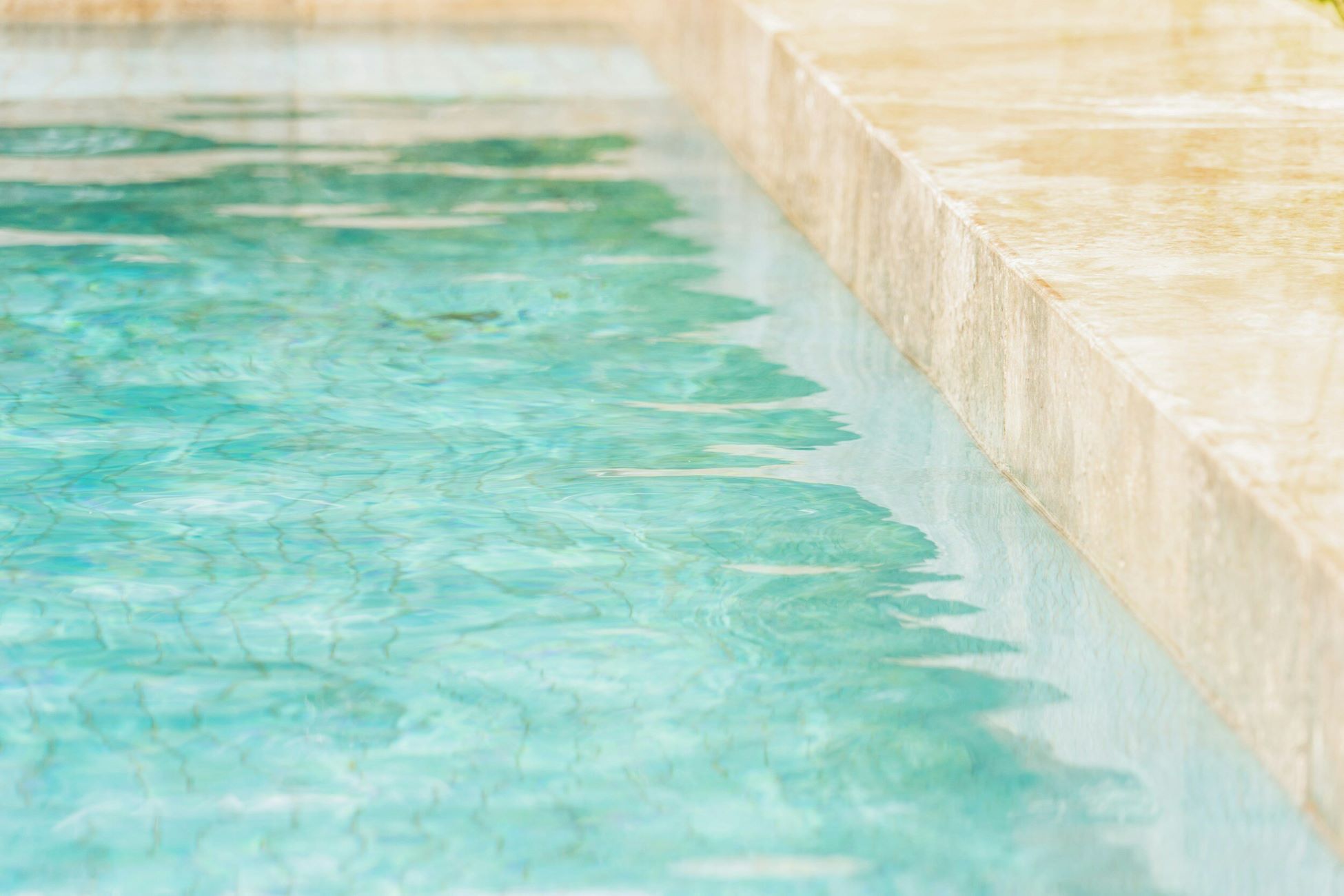
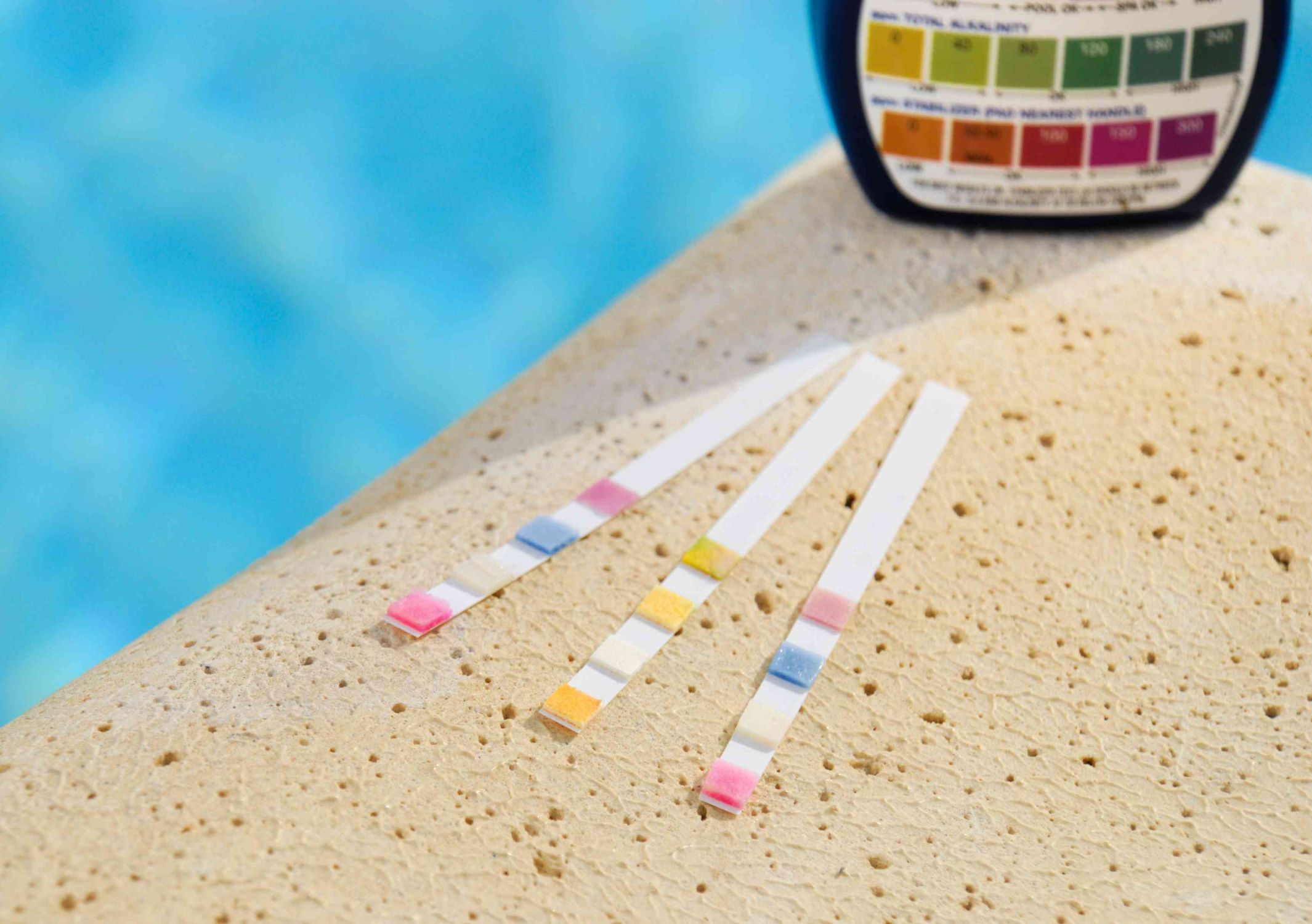

0 thoughts on “These Gorgeous Natural Swimming Pools Let You Ditch The Chlorine”